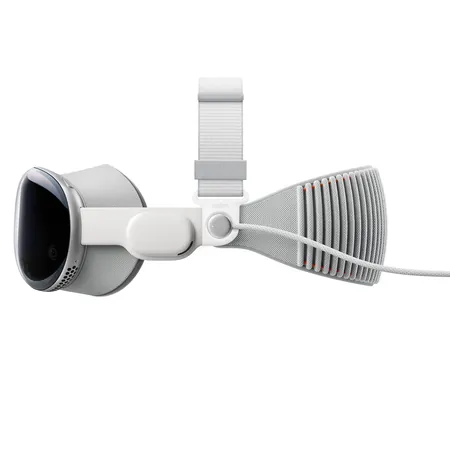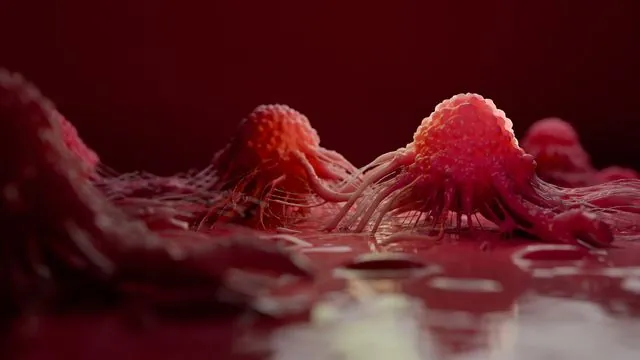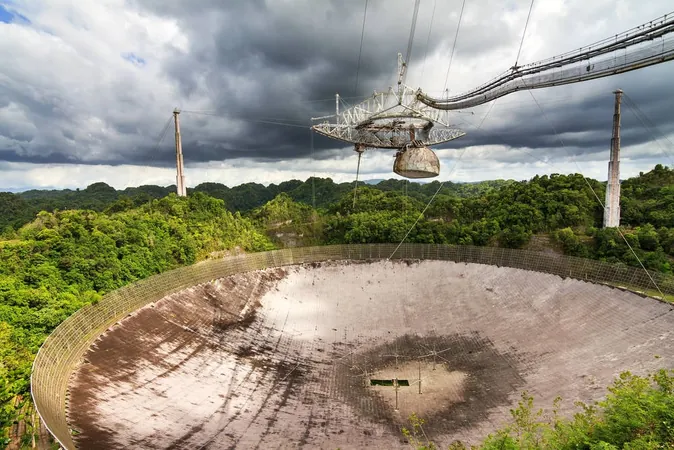
Tiny Hurricanes of Light: A Quantum Leap in Data Transmission!
2024-11-11
Author: Rajesh
In an age where our lives are increasingly intertwined with digital communication, the necessity for faster and more efficient data transmission has become paramount. Traditionally, data encoding through laser light sent via optic cables has formed the backbone of our telecommunication systems. However, with the world clamoring for greater information capacity, scientists are on a relentless quest for enhanced methods of encoding and transmitting data.
A groundbreaking study from Aalto University's Department of Applied Physics has unveiled an extraordinary innovation: tiny hurricanes of light, scientifically termed vortices, that possess the potential to carry vast amounts of information. This novel approach hinges on the manipulation of metallic nanoparticles which interact with an electric field, marking a significant advancement in the field of optics.
Led by Doctoral Researchers Kristian Arjas and Jani Taskinen, under the auspices of Professor Päivi Törmä’s Quantum Dynamics group, this research represents a pivotal advancement in physics with a promising future in information transmission. The results have been detailed in the esteemed journal *Nature Communications*.
Unraveling the Mystery of Light Vortices
At the heart of this discovery lies a unique conception of vortices resembling the eye of a hurricane. In this configuration, a calm and dark center is encircled by a luminous ring, mirroring the phenomenon seen in meteorological hurricanes. The dark center, akin to the eye of a storm, arises from the chaotic nature of the electric fields surrounding the beam of light.
Historically, the appearance of different types of vortices has been linked to the symmetrical arrangement of nanoparticles that create them. More straightforward structures yielded simpler vortex forms, while intricate designs allowed for complex configurations. The latest research transcends these limitations, as Arjas, Taskinen, and their colleagues have developed a methodology for producing geometric shapes that can theoretically accommodate any kind of vortex.
As Törmä remarks, “This research highlights the delicate balance between order and chaos in the creation of these vortices.
Harnessing the Power of Nanoparticles
To achieve their unprecedented design, the research team manipulated a staggering 100,000 metallic nanoparticles, each measuring a fraction of a human hair's thickness. The crux of their innovation involved identifying regions within the electric field where interactions were minimized, allowing for selective enhancement of the field's properties.
“By placing these nanoparticles in the 'dead spots' where vibrations are minimized, we were able to isolate and utilize electric fields with the most promising applications,” Taskinen explains.
The implications of this research could be transformative, paving the way for new frontiers in the topological study of light. The prospect of using these light vortices in telecommunications is especially exciting. Imagine sending these vortices through optic fiber cables and efficiently unpacking them at their destination! The potential to dramatically increase information capacity—up to eight to sixteen times the current limits—could revolutionize data storage and communication.
A Bright Future Ahead
While practical applications and full-scale implementation of these vortices will require extensive engineering efforts over the coming years, the Quantum Dynamics group at Aalto University is diligently exploring related areas such as superconductivity and enhanced organic LEDs.
With the development of this innovative technology, researchers could significantly alter the landscape of data transmission, making it more capable of meeting the soaring demands of our digital world. Keep your eyes peeled for more updates on this fascinating journey into the realm of quantum optics and data encoding!
*Could this be the future of communication? Stay tuned as we delve deeper into the cutting-edge world of quantum technologies!*



 Brasil (PT)
Brasil (PT)
 Canada (EN)
Canada (EN)
 Chile (ES)
Chile (ES)
 España (ES)
España (ES)
 France (FR)
France (FR)
 Hong Kong (EN)
Hong Kong (EN)
 Italia (IT)
Italia (IT)
 日本 (JA)
日本 (JA)
 Magyarország (HU)
Magyarország (HU)
 Norge (NO)
Norge (NO)
 Polska (PL)
Polska (PL)
 Schweiz (DE)
Schweiz (DE)
 Singapore (EN)
Singapore (EN)
 Sverige (SV)
Sverige (SV)
 Suomi (FI)
Suomi (FI)
 Türkiye (TR)
Türkiye (TR)